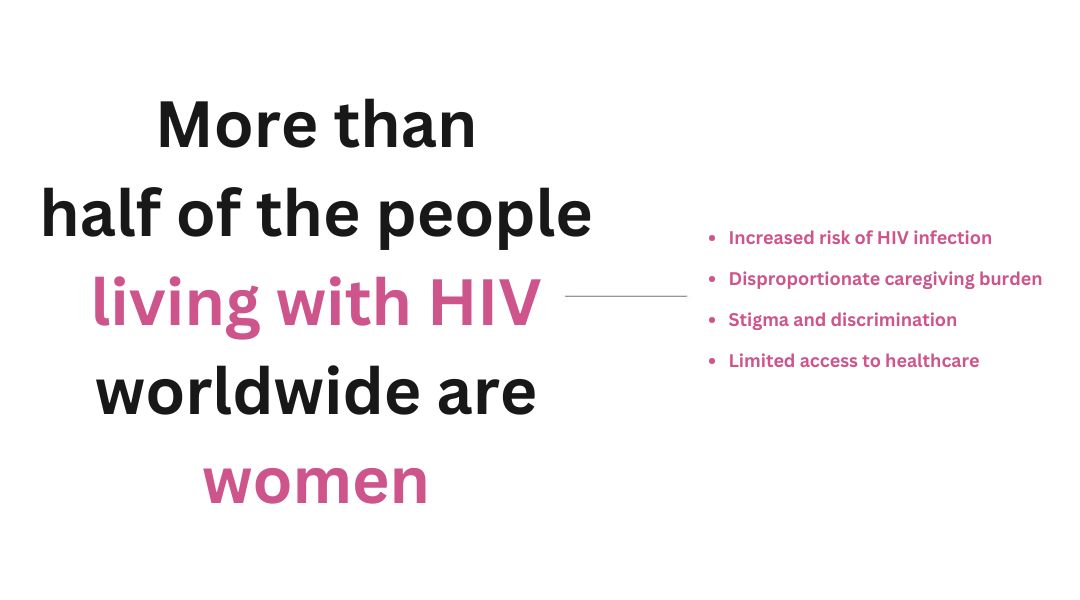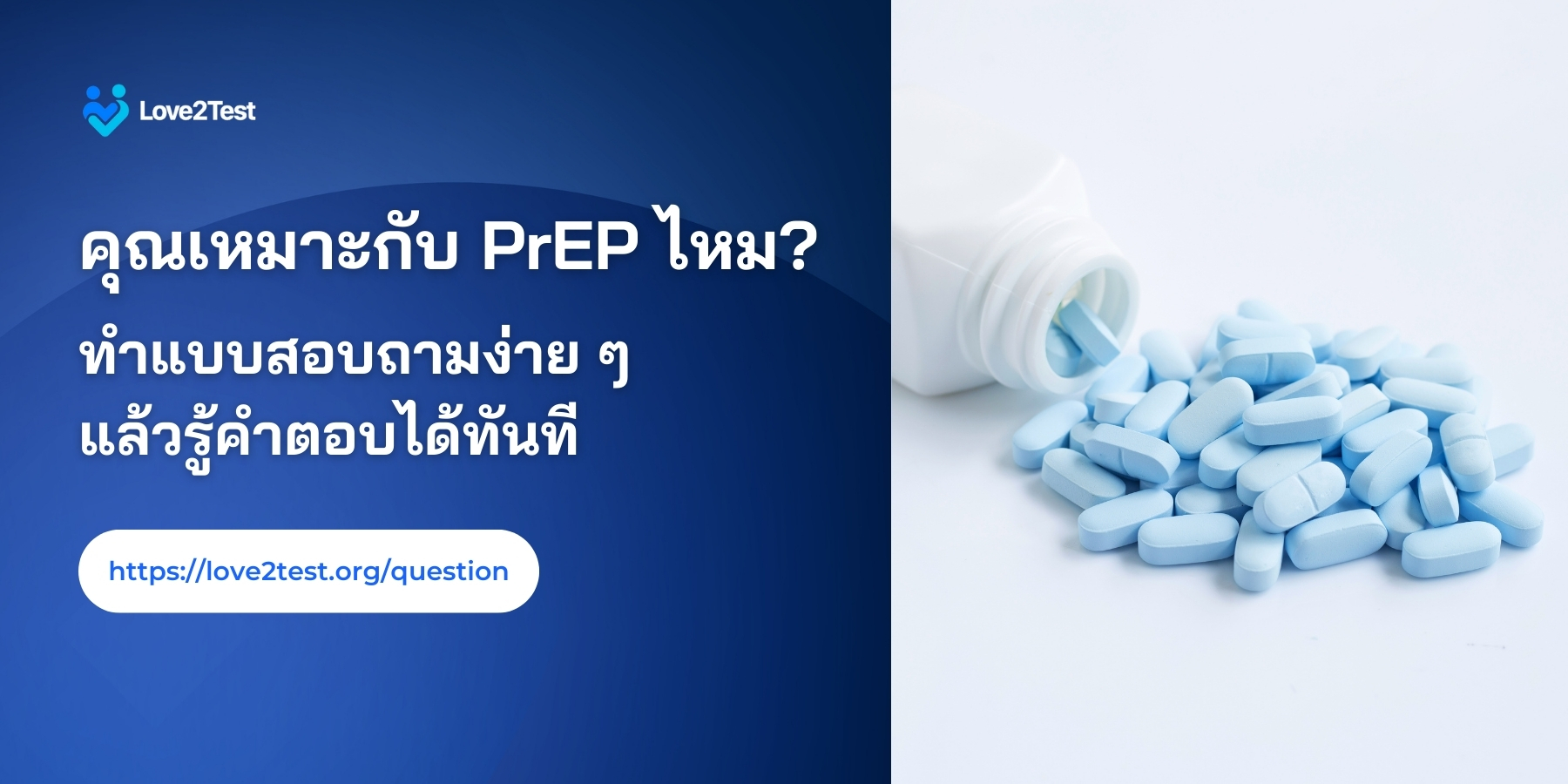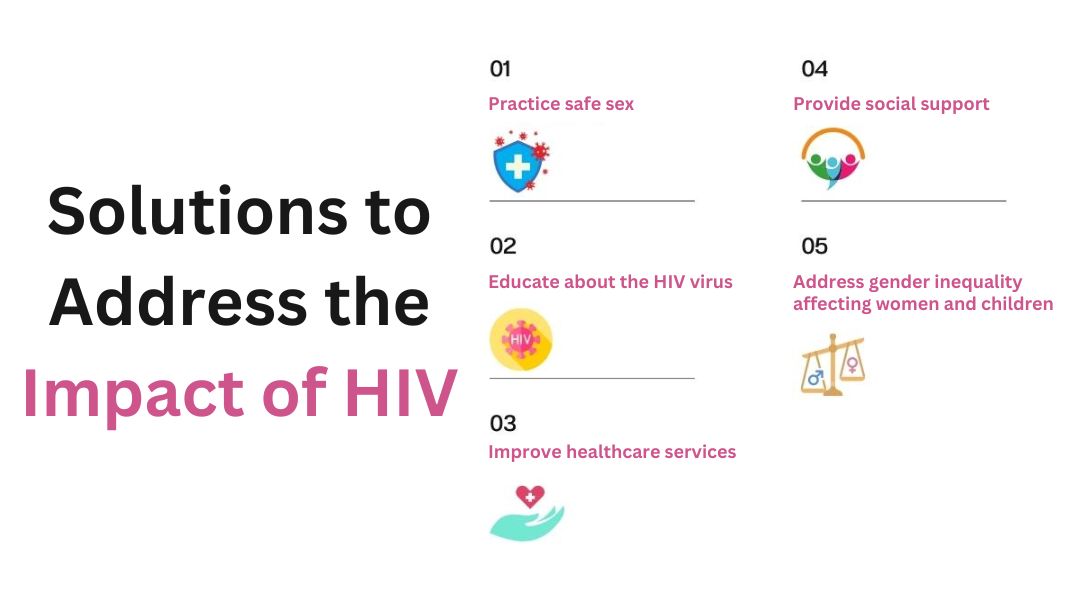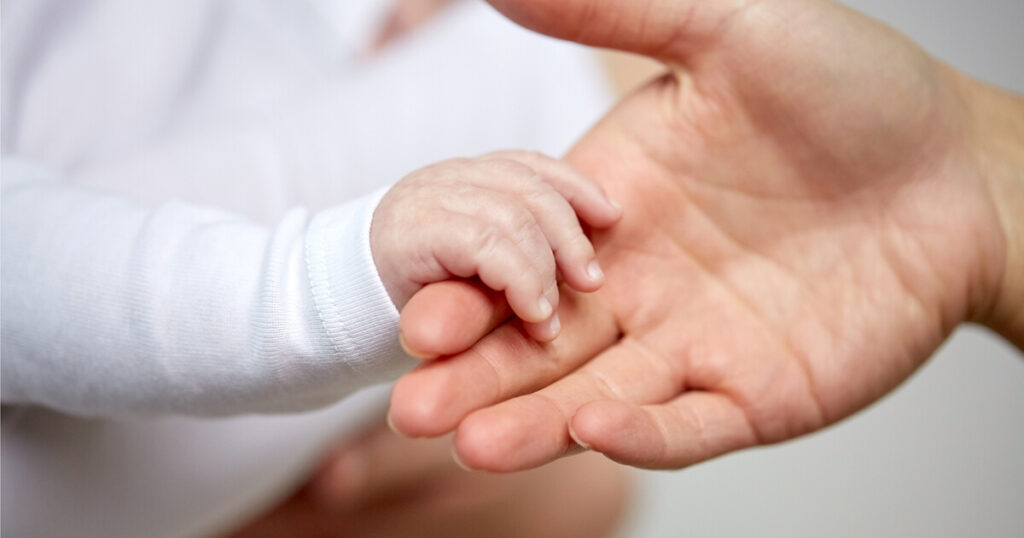The impact of HIV on women and children is a critical issue. HIV (Human Immunodeficiency Virus) attacks the immune system, weakening its defense against infections and diseases. AIDS (Acquired Immunodeficiency Syndrome) represents the advanced stage of HIV infection, where the immune system becomes so compromised that the body is vulnerable to life-threatening infections and cancers. HIV/AIDS affects millions globally, with approximately 38 million people living with HIV in 2019, according to the World Health Organization (WHO).
While HIV/AIDS impacts individuals of all ages, genders, and socioeconomic backgrounds, certain groups are particularly vulnerable to the virus and its consequences. Women and children are among the most at-risk populations due to unique challenges they face in preventing and managing HIV and AIDS.

The impact of HIV on women
Women account for more than half of the global HIV cases, with approximately 18.6 million women living with HIV in 2019, according to the World Health Organization (WHO). The vulnerability of women to HIV is closely tied to various social and economic factors, including poverty, gender inequality, and violence against women. The impacts of HIV on women are multifaceted, as outlined below
Increased Risk of HIV Infection
Women are biologically more susceptible to HIV infection than men due to factors such as the anatomy of the female reproductive system, which facilitates easier entry of the virus into the body. Additionally, women are more likely to contract HIV through sexual contact with an infected partner, particularly those engaged in high-risk behaviors such as injecting drug use.
Disproportionate Caregiving Burden
Women often bear the primary responsibility for caring for individuals living with HIV/AIDS, including children and partners. This caregiving role can lead to an increased burden, requiring women to take on additional responsibilities such as caring for sick family members, managing finances, and providing emotional support.

Stigma and Discrimination
Limited Access to Healthcare
Women often face barriers in accessing healthcare, including lack of transportation, financial constraints, and discriminatory policies and practices. These challenges can lead to delayed diagnoses, limited treatment options, and poorer health outcomes.
Sexual Violence
The Impact of HIV on Children and Adolescents
Children and adolescents are among the most vulnerable populations affected by HIV. Approximately 1.8 million children under the age of 15 are living with HIV (according to the World Health Organization). The key impacts of HIV on children and adolescents include
Solutions to Address the Impact of HIV
Although women and children face significant challenges, there are several solutions to help them cope with the effects of the disease. These include:
- Prevention: Prevention is key to reducing the burden of HIV/AIDS among vulnerable populations. This includes promoting safe sexual practices, access to HIV testing and counseling, and providing antiretroviral medication for pregnant women to prevent mother-to-child transmission.
- Education: Education plays a vital role in reducing stigma and discrimination against people living with HIV/AIDS while promoting awareness about the virus and its transmission. Educational initiatives can also improve access to healthcare and support for vulnerable populations.
- Access to Healthcare: Improving access to healthcare is essential for supporting at-risk populations affected by HIV/AIDS. This involves ensuring that healthcare services are affordable, accessible, and tailored to the needs of women and children affected by the virus.
- Social Support: Social support is crucial in helping vulnerable populations cope with the impacts of HIV/AIDS. This includes access to counseling, peer support groups, and economic assistance to address the financial challenges faced by women and children affected by the virus.
- Addressing Gender Inequality: Tackling gender inequality is essential for reducing the burden of HIV/AIDS on women. This includes promoting women’s rights, access to education, economic opportunities, and addressing gender-based violence.

HIV has a significant impact on vulnerable populations such as women, children, and youth, leading to numerous social, economic, and health-related challenges. Women and children affected by HIV face unique difficulties, including an increased risk of infection, limited access to healthcare, stigma, discrimination, and gender-based violence. However, there are various solutions to help these groups cope with the effects of HIV. These include prevention, education, access to healthcare services, social support, and addressing gender inequality. By working together to implement these solutions, we can reduce the burden of HIV and create a healthier and more equitable world for everyone.


